“Hair transplant for women,” is it practical, convenient and a smart choice?
To cater to all of your questions, let’s first get down to the logistics of hair transplant. Hair transplant is a systemized method where a dermatological surgeon removes chunks of hair from rich areas and transfers it to a bald area of the head.
Whenever we think of balding, we imagine a bald guy, but hair loss and balding are also seen in women. However the pattern differs, men start to lose their hair from hairline while women experience hair loss in the crown through partitions. This form of hair loss is generally part of aging. However, women experience hair loss due to pregnancy and childbirth too.
With aging, there may come a time in a woman's life when she explores the possibilities of hair transplant, so we are just here to break down about its know-how.
Old age is a particularly difficult time that comes with the hardships of feeling weary and beauty gradually fading away. So, to get the sense of relieving youthful days by literally looking younger by appearance, hair transplant plays a crucial role in helping women regain their confidence.
Similarly, hair fall in women may also be associated with hormonal changes especially during menopause, pregnancy, childbirth, thyroid problems, or even hereditary causes women to lose or have thinning hair.
People may have opposing views about hair though. Do we really need them or not? From a biological standpoint, it has little to no contribution in ensuring the proper functioning of the body. It does provide protection for your scalp against harmful UV rays.
Hair isn’t a quintessential element to “survive” but there’s more to it than meets the eye. A woman's hair is her most prominent feature that helps enhance her beauty and personality. Having good/great hair perfectly complements your facial structure and brings out the best in you. We are all familiar with the saying “bad hair day is a bad day.” No wonder hair has such power to it.
Is it worth having a hair transplant?
Before making any decision, we calculate the risk that it involves. And when it comes to our body we are even more cautious. A hair transplant is an investment and you may be asking is it worth having a hair transplant?
Hair transplant works best for those having a natural hairline. As the surgeon transplants the hair from a donor, the look and the texture feel close to perfect to match your current hair game.
Did you always feel insecure about the nasty scar you have on your scalp?
Are you brainstorming ways as to how to get rid of it?
Well, transplanting is just the solution!
If you fall on the other spectrum of doubt, a hair transplant leaves no visible scar after the completion of surgery.
Now, let’s get down to talking about the Direct Hair transplant method as a hair transplant for women’s hair loss. What makes this method effective is the transfer of hair grafts from the donor to the recipient area with almost 100% hair graft survival. It’s a bit tricky as the hair follicle is prepared under a microscope and transplanted to the required location.
The common term Alopecia marginalis, a.k.a hair loss at the hairline is most commonly transient and caused by chronic traction. A fault in the autoimmune disorder, hair follicles get damaged from the malfunctioning of the immune system. Most times, the condition reverts itself and after a year of insufferable hair loss and before long, you will have fully growing hair again. But what’s concerning for other people is that, if the traction is not dealt with in time, it causes permanent alopecia or permanent loss of hair.
The culture of social validation prevails in women and there’s a key psychosocial difference between men and women when it comes to the satisfaction of the procedure. Research shows that they are difficult to please and have high expectations of being a patient of alopecia marginalis. A word of wisdom to all the ladies out there, recovering a hair loss doesn’t happen in a day and they should have more faith in the fruitful yet time-consuming procedure.
Long gone are the days of putting on a pair of wigs and frolicking around. Move past the horror-inducing sight on a windy day, as hair transplant is here breaking all taboos.
A successful hair transplant means you will have natural-looking hair which catches less to no attention. Females suffer from thinning or patterned baldness rather than losing huge chunks of hair. Unlike men, women with hair loss tend to keep their frontal hairline intact. So, there’s no need to get worked up about giving shape to their face, but rather raises concerns about losing the exact volume of their luscious hair.
Growing new hair is total disbelief as the process just involves simply moving hair from one place to another. Quick rain check, don’t expect miracles, tone down your expectation, and trust in the slow yet effective method.
Even if the majority of men opt for hair transplantation, the number of women opting for the service is also increasing. The final outcome of the treatment contributes heavily to a woman's overall appearance.
Also, females are more prone to suffer from severe psychological impacts like feeling inadequate in a social environment. Feeling insufficient, they spend a lot of time at a hairstylist and spend a lot of time concealing their bald patches, while some take time to come to terms with their hair loss situation. The only way to counter these prevailing issues is by normalizing hair transplant and integrating it as common practice. Needless to say, the hair transplant satisfaction rate stands high.
For more insight, take a look at hair women's hair transplant pictures:
How long does a hair transplant last?
If you have decided to go on with the hair transplant procedure after careful consideration, you also need to be taking some precautions. Having a successful operation is not the end game and for a healthy root development that accelerates growth, you need to do your part as well. Failing to keep up with the recommended approach will not yield the best result. We surely don’t want that to happen after investing a lot of bucks and time, or do we?
However, know that your hair will likely fall first before it grows to full-fledge since the absolute growth of hair from roots takes a time of approximately 6 months.
Successful operation is the first phase and aiming for speedy results is the second. Embracing proper eating habits will allow the hair follicle to grow and rejuvenate in a healthy hair life cycle. It is also a great idea to consume food with nutrients like magnesium, zinc, calcium, and iron. Another alternative is consuming food rich in vitamins, especially Vitamin B, like lettuce, pepper, almond, grain pasta, spinach, broccoli. It’s time you forget about food baby, and make your scalp the only thing you worry about.
Any harsh activities like scrubbing or showering hair, dyeing, applying ice should be avoided. But if you are dying to put something on your scalp, try pure aloe vera gel. It gives you a soothing effect with the sensation of instant relief.
There are certain restrictions to medication as well. Be careful to not take sleeping pills before and after a female hair transplant. The only medication that is acceptable is the antibiotics prescribed by the doctor for 3-5 days after the surgery in the form of immediate recovery medicine.
Restricting your physical activity is also a must. The follicles should stay intact with little to no action for about two weeks. You can return to work and indulge in light exercise the day after your surgery but take rest and give time for your body to heal.
Although hair stylists also have some tips and tricks on their sleeves concerning balding, instant gratification will only last for a while.
Gradual and significant changes in hair growth can be seen after six months of waiting. So, if you have enough patience to wait that long, wait another six months for the complete results of a hair transplant. Voila, now you have a transplant that covers up all the balding and thinning areas and lasts a lifetime. But don’t just be dependent on the system as you should make sure the quality donor’s hair is legit for a successful treatment. Many hair transplant blogs also stress these words of caution.
Best hair management tips for transplanted hair
There are plenty of things to worry about after a surgery like not touching or hitting your head(of course, you might do it accidentally but try your best not to!), not hurting follicles by scratching and washing properly. If you want to use shampoo choose the one that has no hint of silicone, dye, and perfume or the one recommended by a surgeon or dermatologist. Keep in mind to not let your scalp area be too moist or too dry.
Another method is by using natural oils that excel at nourishing and strengthening hair. As they have numerous benefits on the hair and skin, it repairs the damage in a natural fashion. Coconut oil is one of those quintessential therapies used to massage our scalp since its structure is beneficial to prevent hair from losing protein. Using diluted versions of tea tree oil in shampoos and conditioners also helps you achieve a healthier-looking scalp. Since our aim is to keep the scalp area hydrated, applying jojoba oil will help you prevent dryness. The ingredient used in this product has the minimum side effects on hair and certifies on promoting the thickness of your hair.
Your new transplant is not ready for the world, we get it! But you shouldn’t look for ways to cover up anytime soon either. Refrain from using a hat as a distraction, trust that the scalp will heal right up! Since embracing a healthier lifestyle is also prevalent, giving up alcohol and smoking altogether is also necessary as it causes an imbalance in blood circulation. Women love getting adventurous with their hair, however, don’t give in to your foolhardy urges. Using blow dryers for example can cause irritation in the scalp and follicular damage. Say no to any sort of heat!
Sunlight is a massive source of Vitamin D and we all love basking in the sun especially during winter. Sadly, bid farewell to the sun-kissed scalp until the healing process begins as it’s hypersensitive to the exposure and may even cause permanent discoloration. Don’t get disheartened by the long list of what to do or what not to do. It’s only a matter of time before you can lead the old way of life.
Why is my hair falling out?
In most cases, it’s perfectly alright for the transplanted hair to fall out two or three weeks after executing the procedure. You can lose up to 20% to 60% of hair. During a hair transplant operation, incisions are made in the scalp to insert the hair follicles. The insertion of new hair becomes a shock-inducing factor leading to hair fall. The phenomena of “shock hair loss” last anytime between 1 to 6 weeks after completing the procedure. Gradually, the follicles start adjusting after 3-6 months, and hair starts growing normally. However, to undermine the shedding of hair, some prescribed medications like Finasteride and Minoxidil help stabilize the condition of your hair. They help in slow hair loss progression as you start aging meaning it exceeds the lifespan of a hair transplant. Along with that, introduce a healthy protein-rich diet consisting of avocados, chicken, brown rice, eggs, nuts as they are all rich in Vitamin B.
Stressing is another element that triggers hair to fall out. So, keep a cool head from work or relationship-related stress as it’s the number one reason for people losing their hair. It pulls a complete full stop in the growth of hair and we wouldn’t want to risk that. Smoking one week before and after a hair transplant is also dangerous as it becomes a trigger response for hair loss as well. Smoke changes the DNA of the hair follicle and messes with the regenerating process. Who knows refraining from smoking during this point of time might actually help you quit, for good?
Antibiotics can be a lifesaver to avoid getting infected. Just pop the ones recommended by your surgeon every now and then for instant relief. The drying of the scalp area can get quite out of hand sometimes, so to give some relief to that area, try using shampoo foam. It basically looks like shaving foam and after squeezing in a little, start tapping gently in your transplanted area. Don’t get carried away and overdo it as your newly planted graft needs good care. Rinse it out after a solid 2-3 minutes and you’re good to go.
So, are you now familiar with all the elements that help in faster hair generation in your transplanted area?
Women’s Hair Transplant Cost
The cost of hair transplant varies on the quality and versatility of the treatment and women’s hair transplant cost varies according to that.
The complexity of a case and the number of grafts to be transplanted are also considered while determining the exact cost. Other contributing factors are, what kind of procedure you use, be it Direct Hair Transplant(DHT) Follicular Unit Extraction(FUE), or Follicular Unit Transplantation(FUT).
Another important factor that affects the cost of a hair transplant is whether you are doing a hair transplant from a technician or certified doctor. Techniques such as DHT require an expert team of doctors to execute and will cost higher. However, the extra cost is justified since the method ensures 100% Hair Graft survival, is relatively painless, leaves no scar, and has a high satisfaction rate.
The overall cost depends on the service of the surgeon and the demands of the clients.
Conclusion
Overall, if you are looking for a lifetime of healthy, naturally growing hair then switch to the best remedy available in the market today i.e. hair transplant for women.
In an investment as crucial as this, don’t seek a cheaper place as the surgeons may not be apt to give the right service. So, analyze their skills and choose the ones that help you get a distinguished result.
Hair transplantation is not a miracle and having an over-the-top expectation will just end up being disappointing. The procedure tries to enhance your current condition to its best ability and gives results according to the donor’s hair quality, the amount of precaution being taken, and the amount of cash you pay for the treatment.
If all goes well, your hair transplant will last longer with a healthy growing hair follicle.



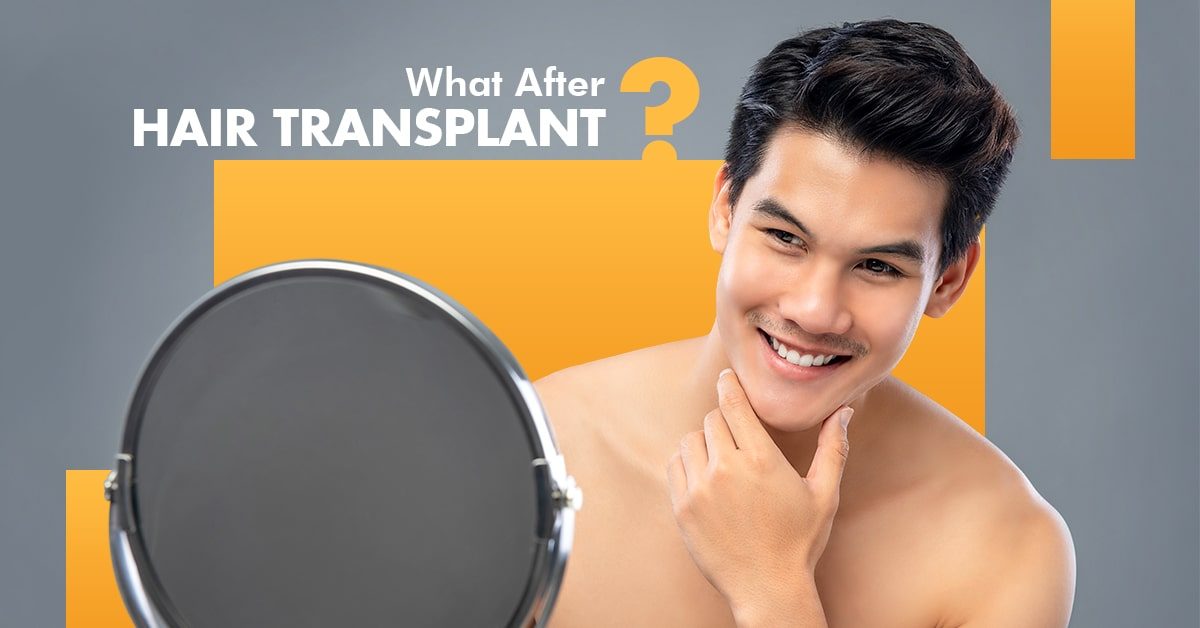



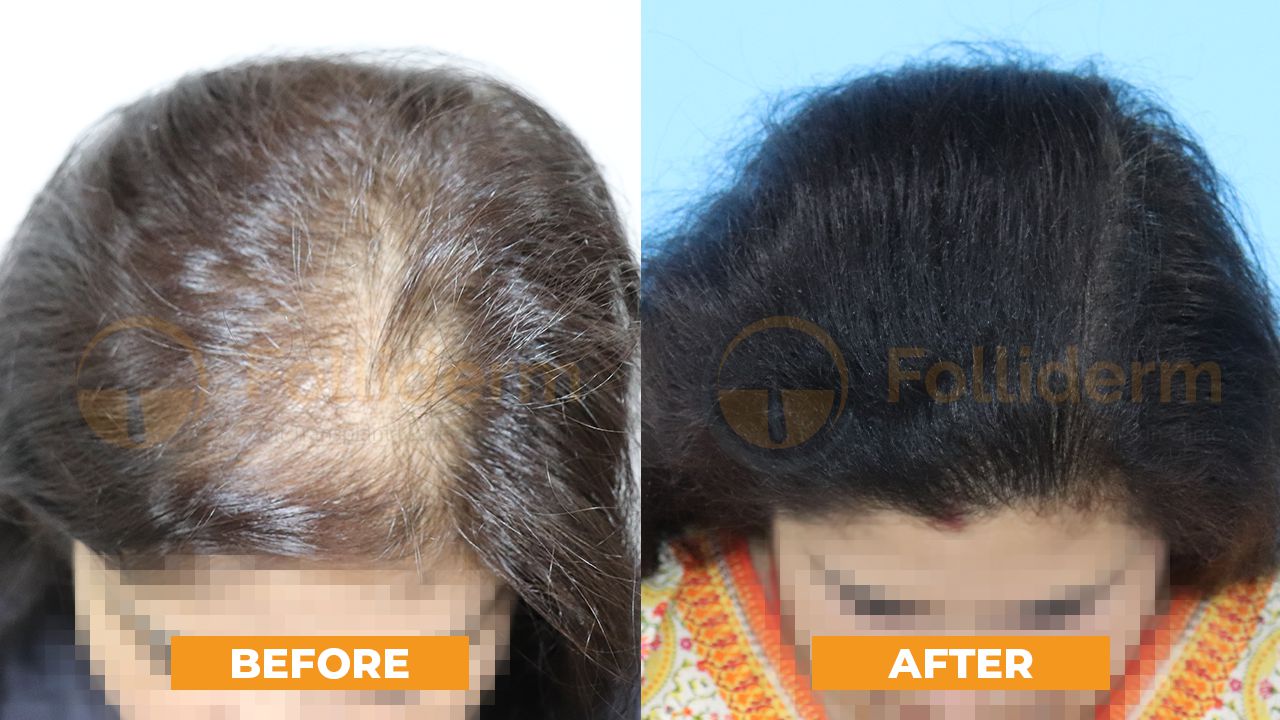
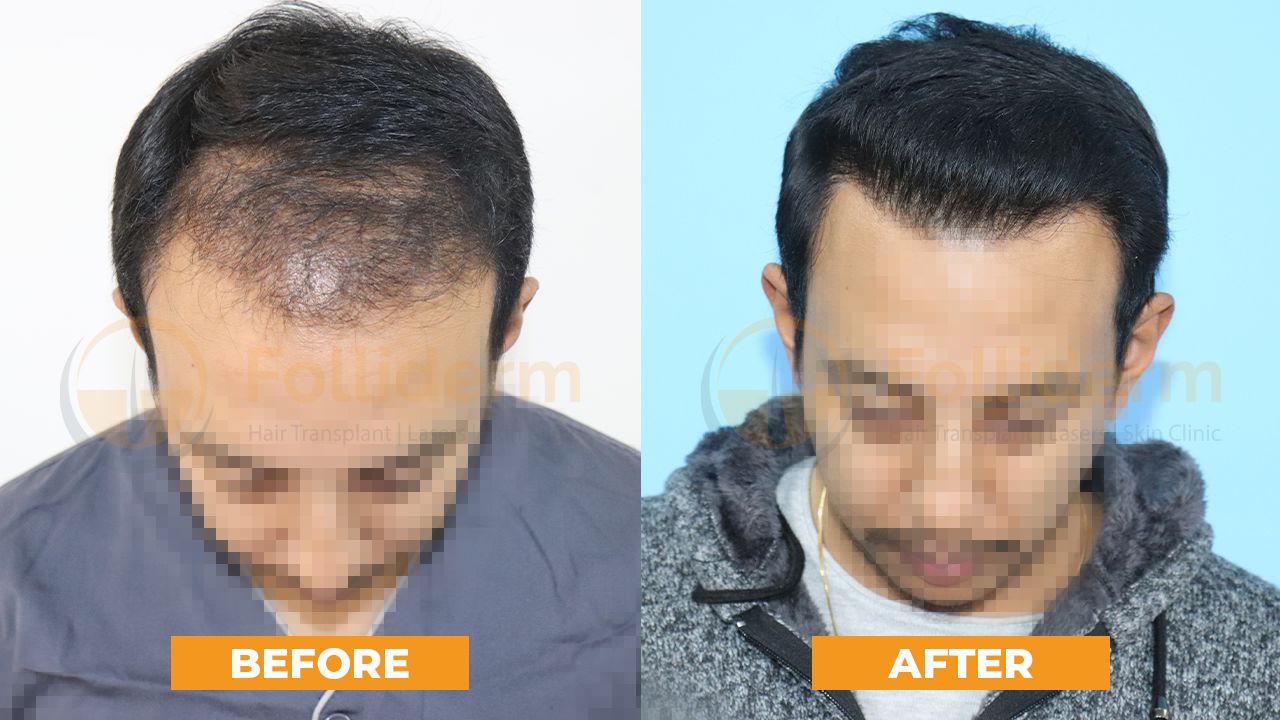
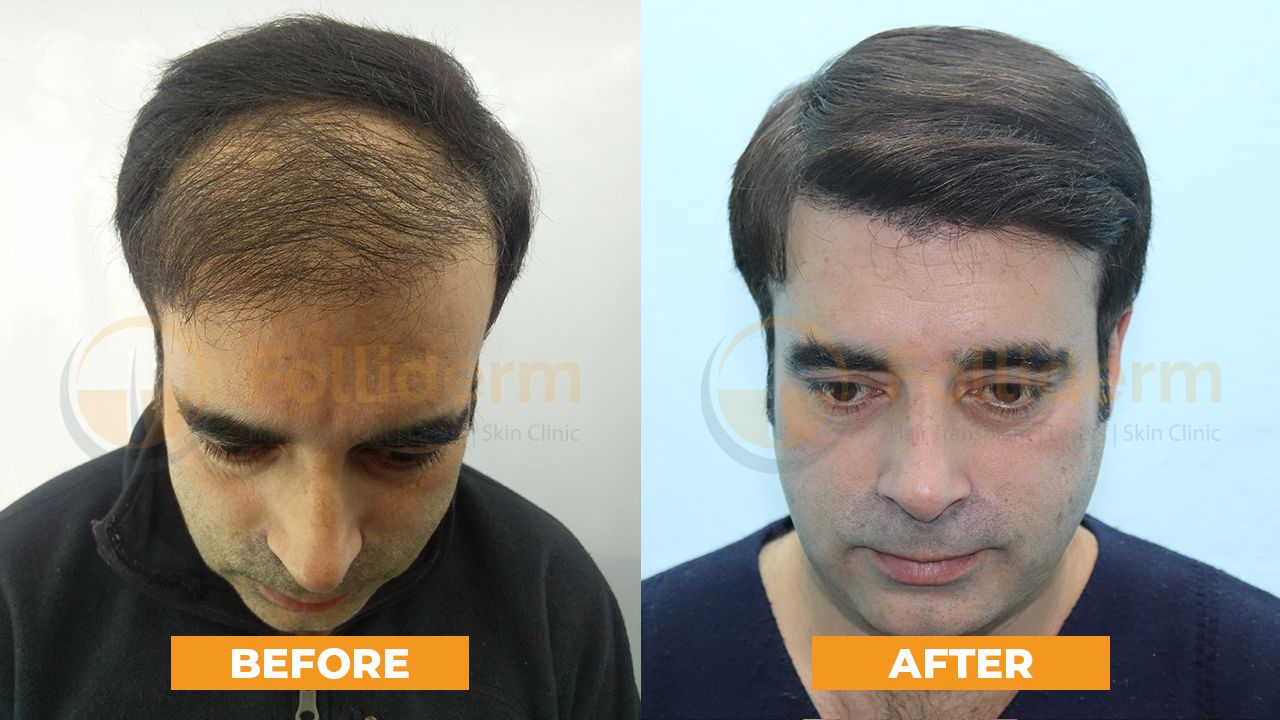

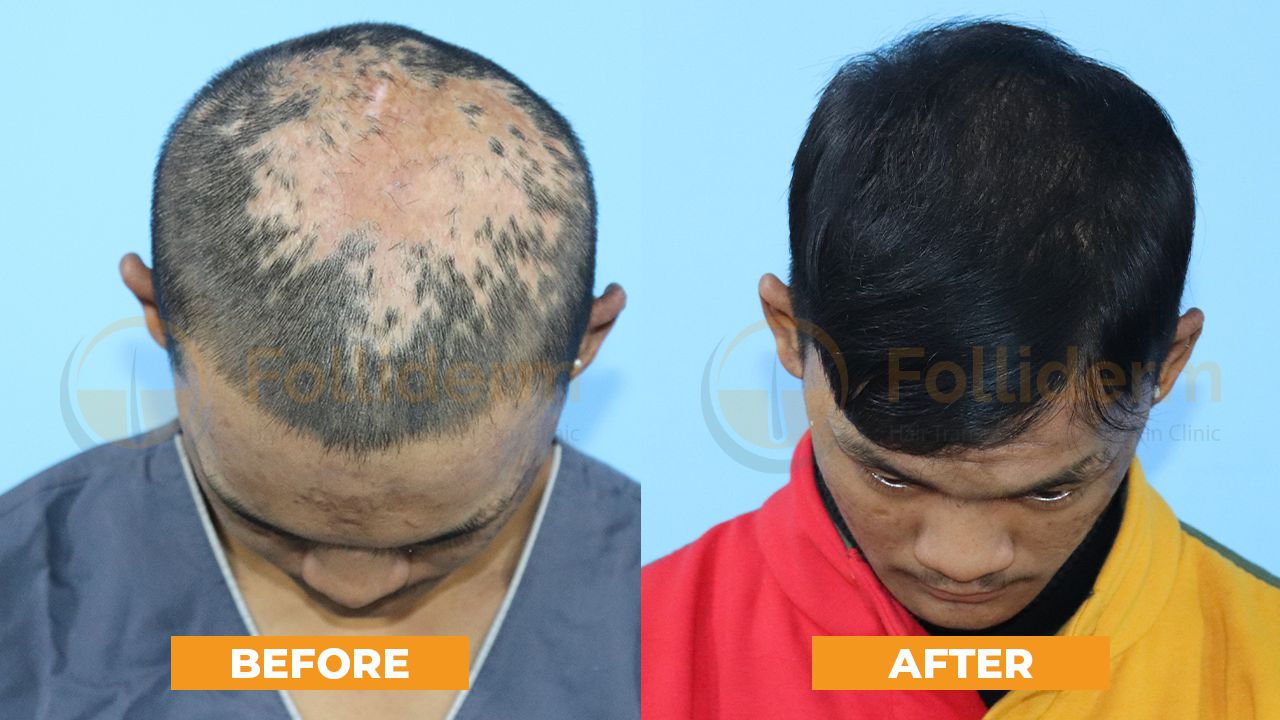
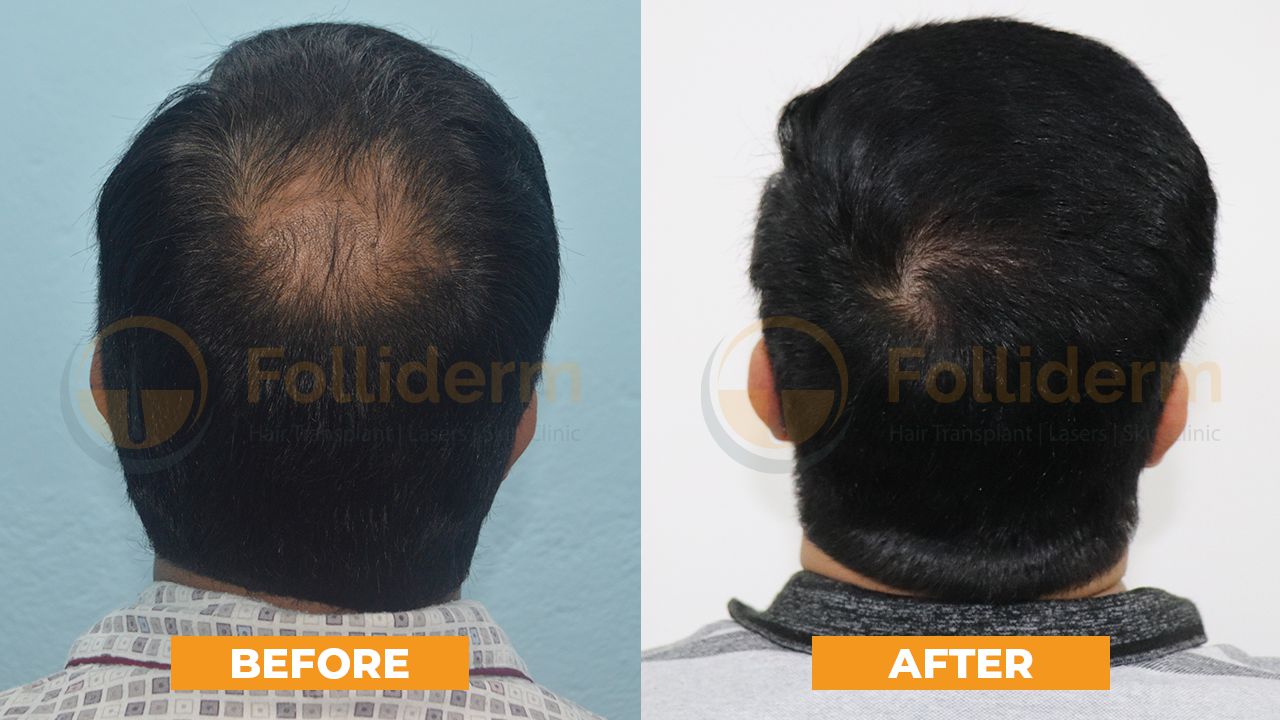
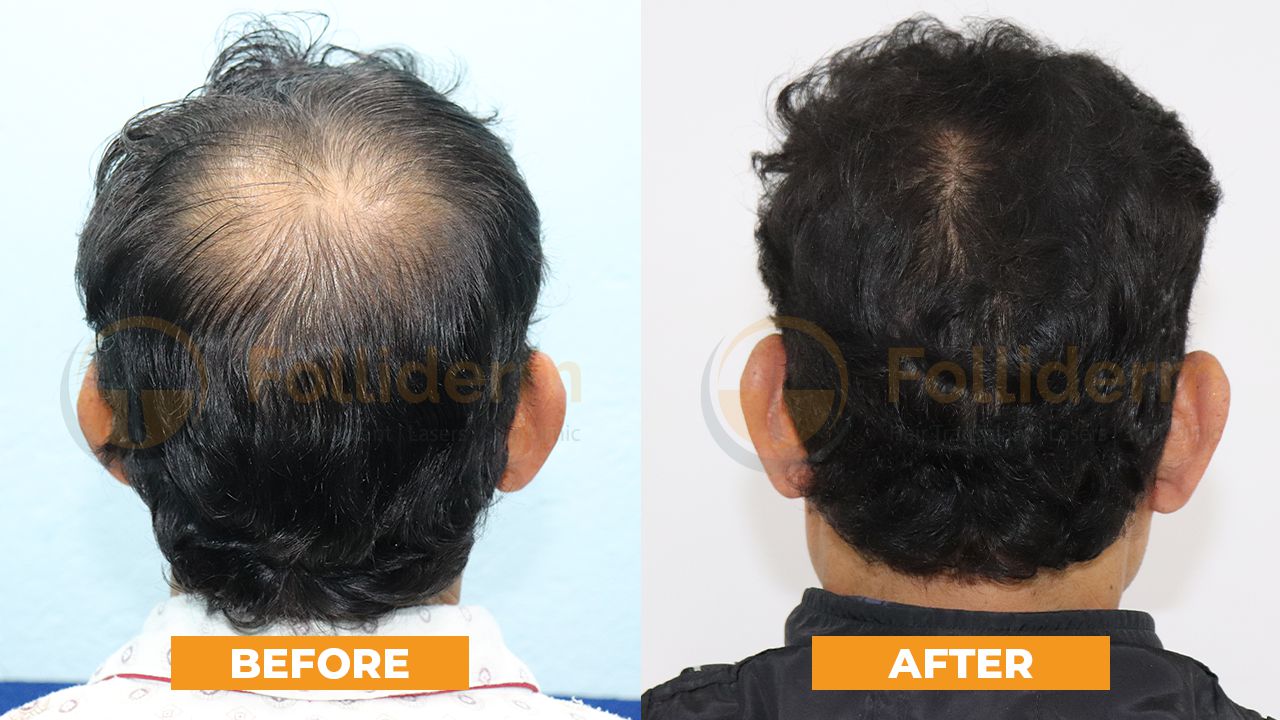
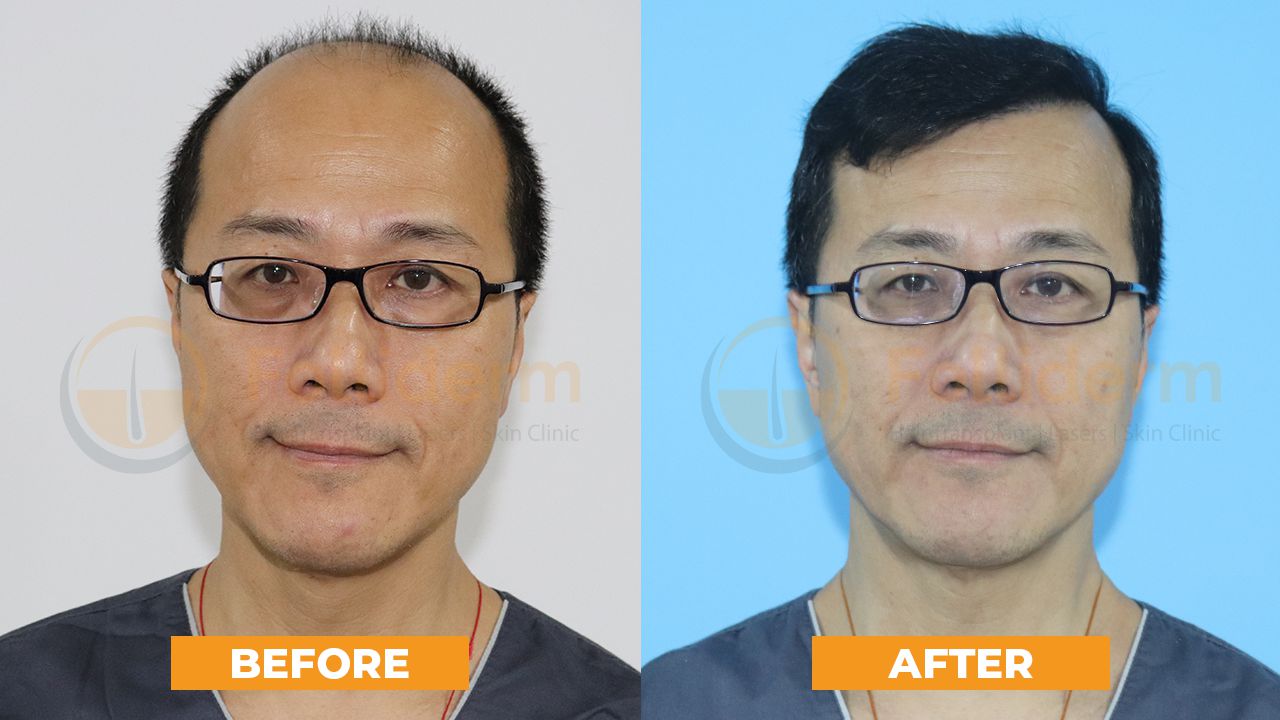


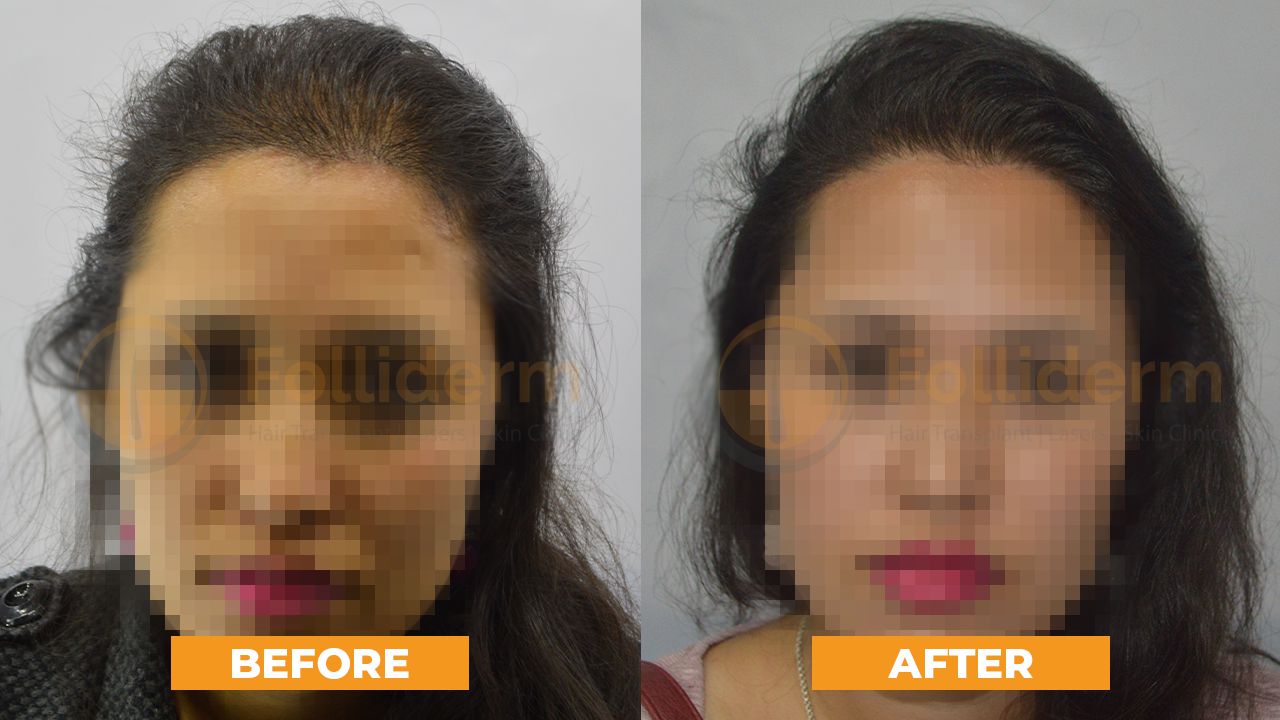
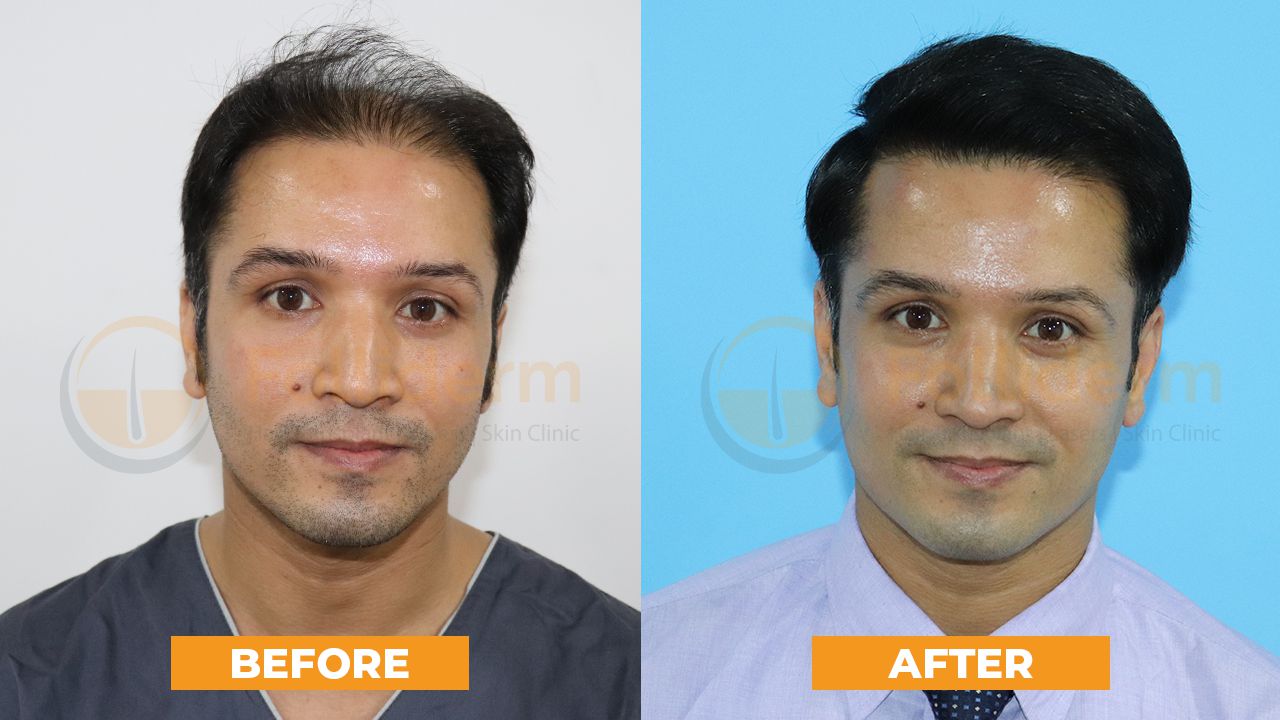
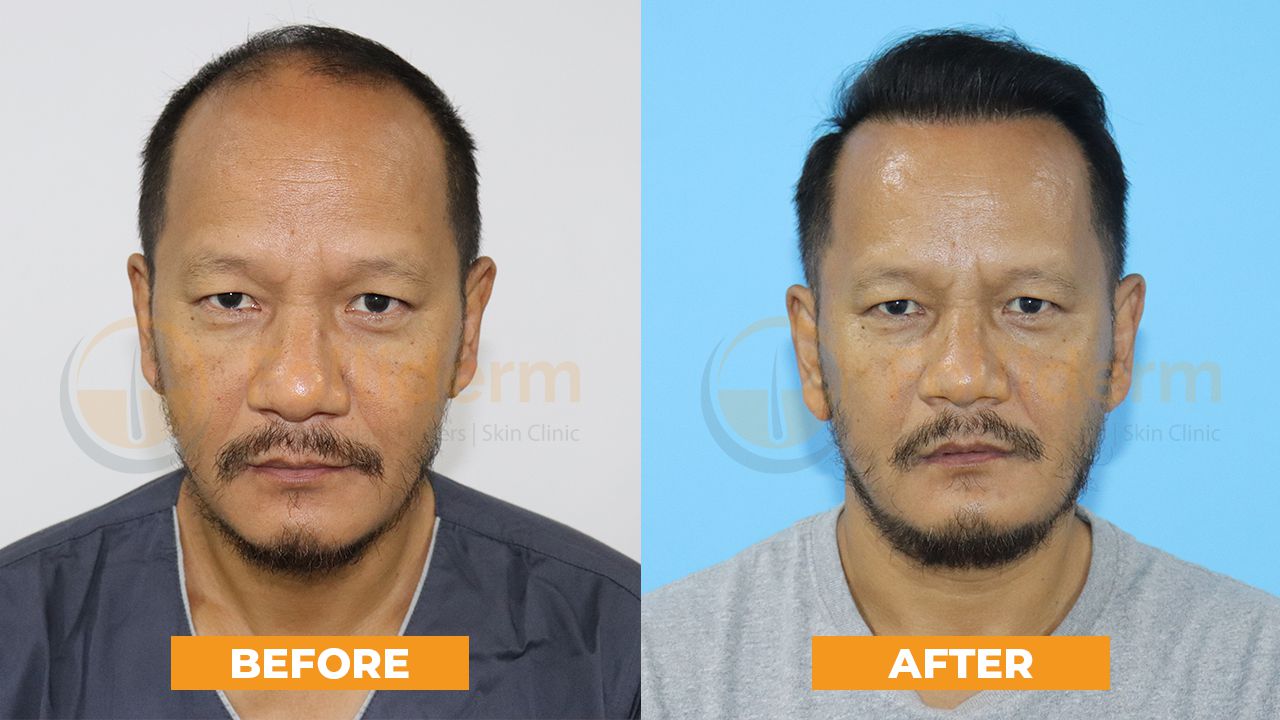

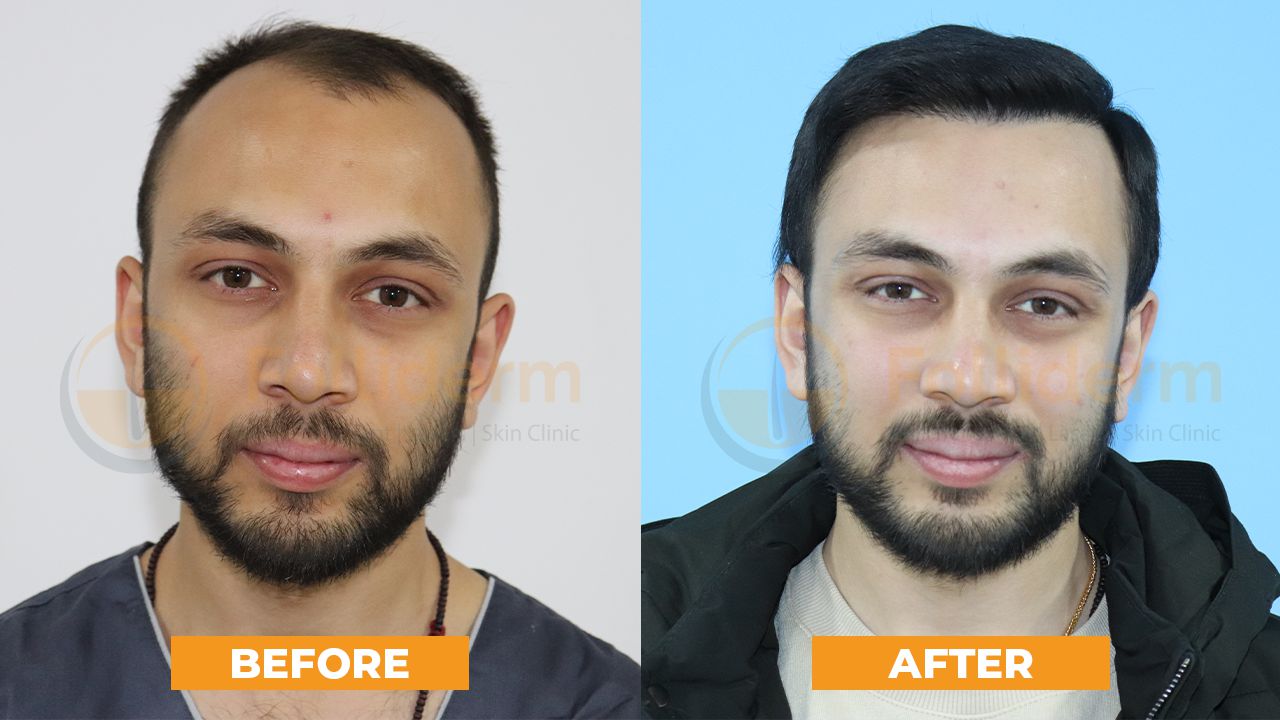
_compressed.jpg)